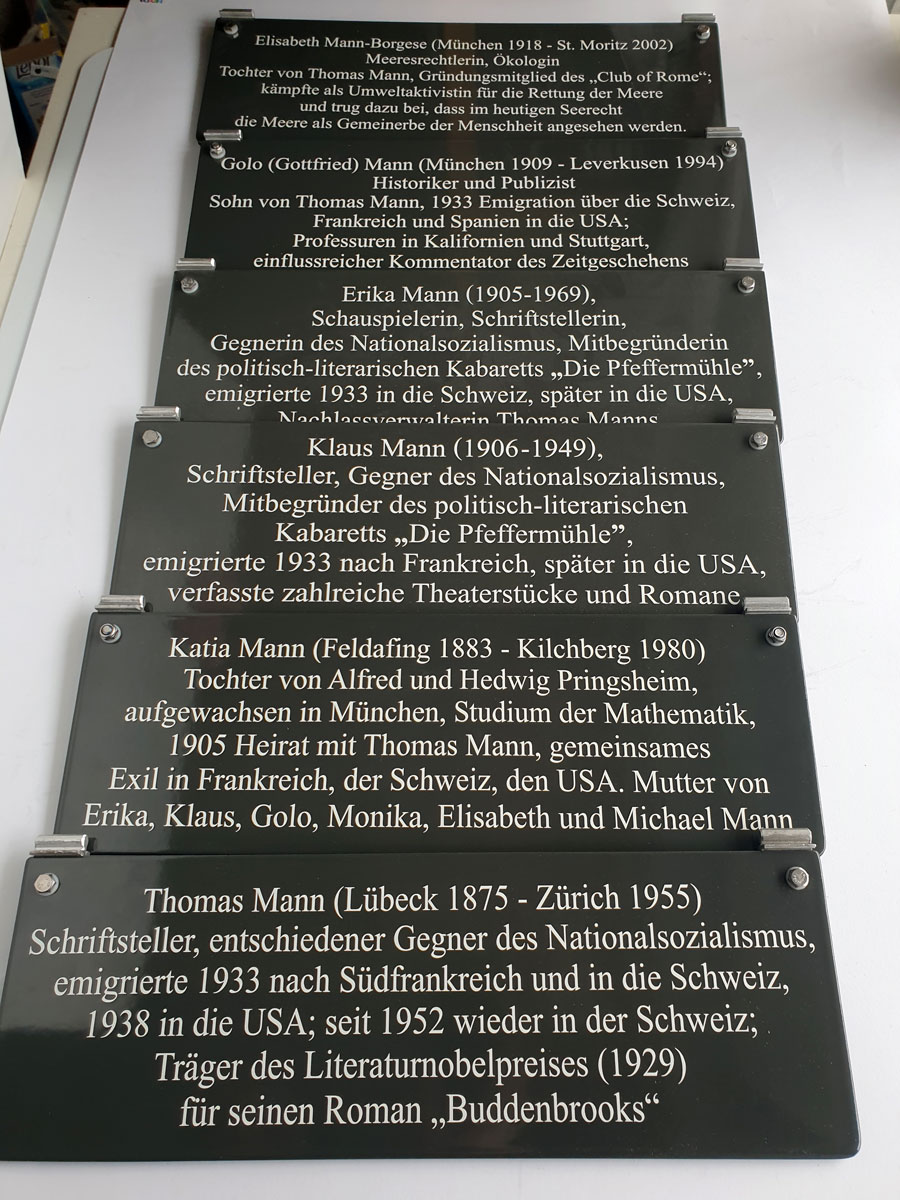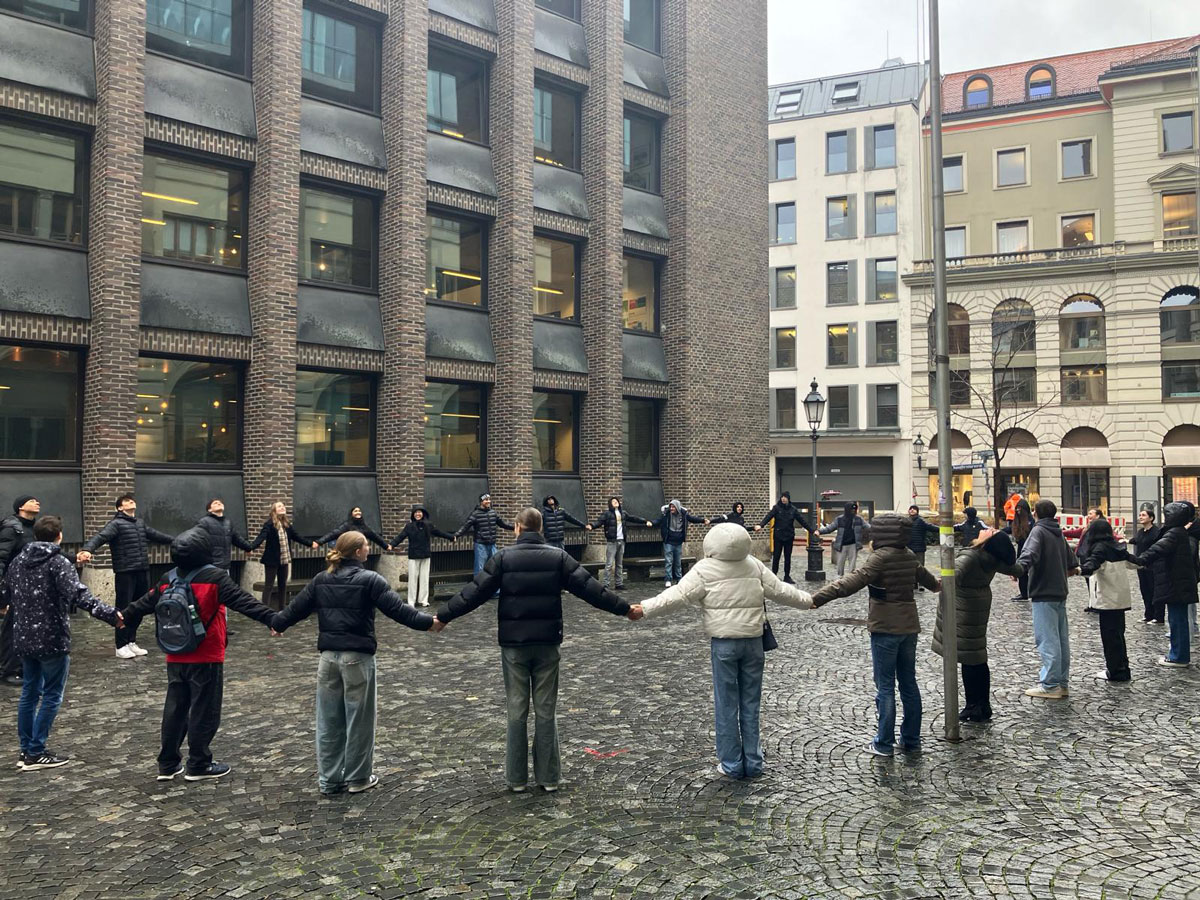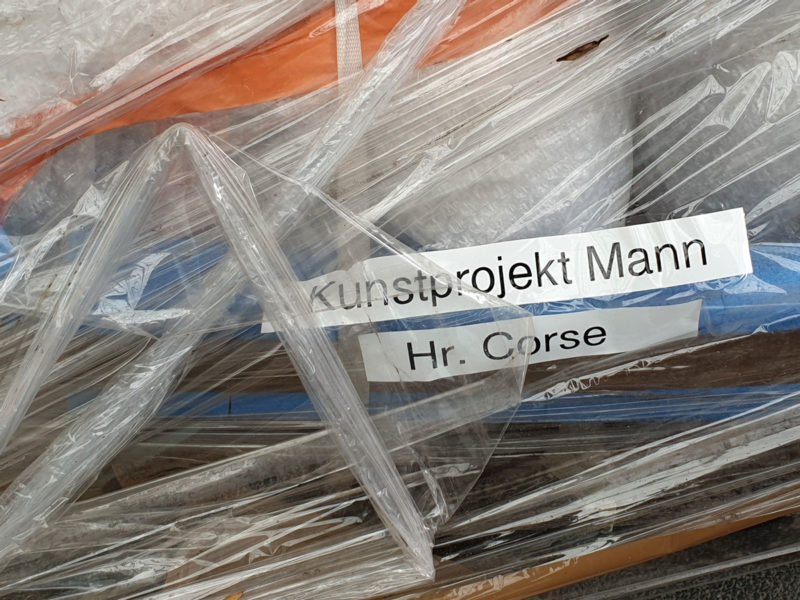
As the first component of the memorial to the Mann family, „Rue Thomas Mann“ in the characteristic Parisian design was installed on Salvatorplatz in Munich in April 2024, on the façade of the Salvator garage.
It refers to the street in Paris that has commemorated the „Ècrivain allemand“ since 1995, as the sign also says. It is located in the 13th arrondissement, in the modern „Gare“ district, which was redesigned at the same time as the street was named, in the neighbourhood of the Bibliothèque François-Mitterrand (National Library of France, BnF), which makes the choice of the writer as the namesake all the more plausible.
The sign symbolises the literary and political Franco-German relationship and the role Thomas Mann played in it. He held the Goncourt brothers, among others, in high esteem and drew decisive inspiration from their works for his family novel „Buddenbrooks“. And he was the first German writer to make a public appearance in Paris after the First World War to give a speech entitled „The intellectual tendencies of contemporary Germany“. In the role of an unofficial cultural ambassador of the Weimar Republic, Mann promoted Franco-German friendship and international understanding – see also his report on the trip and his stay, „Pariser Rechenschaft“[Parisian Account]. The naming is also a reflection of the later political relations between the two countries, which intensified in the 1990s.
The installation on Salvatorplatz was preceded by a lengthy process of research and contact, including via the Goethe-Institut Paris. In the end, the city of Paris approved the reproduction of the sign, which was carried out by the company LACROIX Signalisation/Signaclic, which also works for the city of Paris.
As street signs in Paris are predominantly attached to building facades, it was necessary to find a suitable location in Munich. The façade of the Salvatorgarage was an obvious choice, for which the consent of the Office for the Preservation of Historical Monuments was obtained, as well as the tenants and owners, Bavaria Parkgaragen GmbH and Bayerische Hausbau.
The installation itself was carried out by Florian Froese-Peek in collaboration with Albert Coers.


















